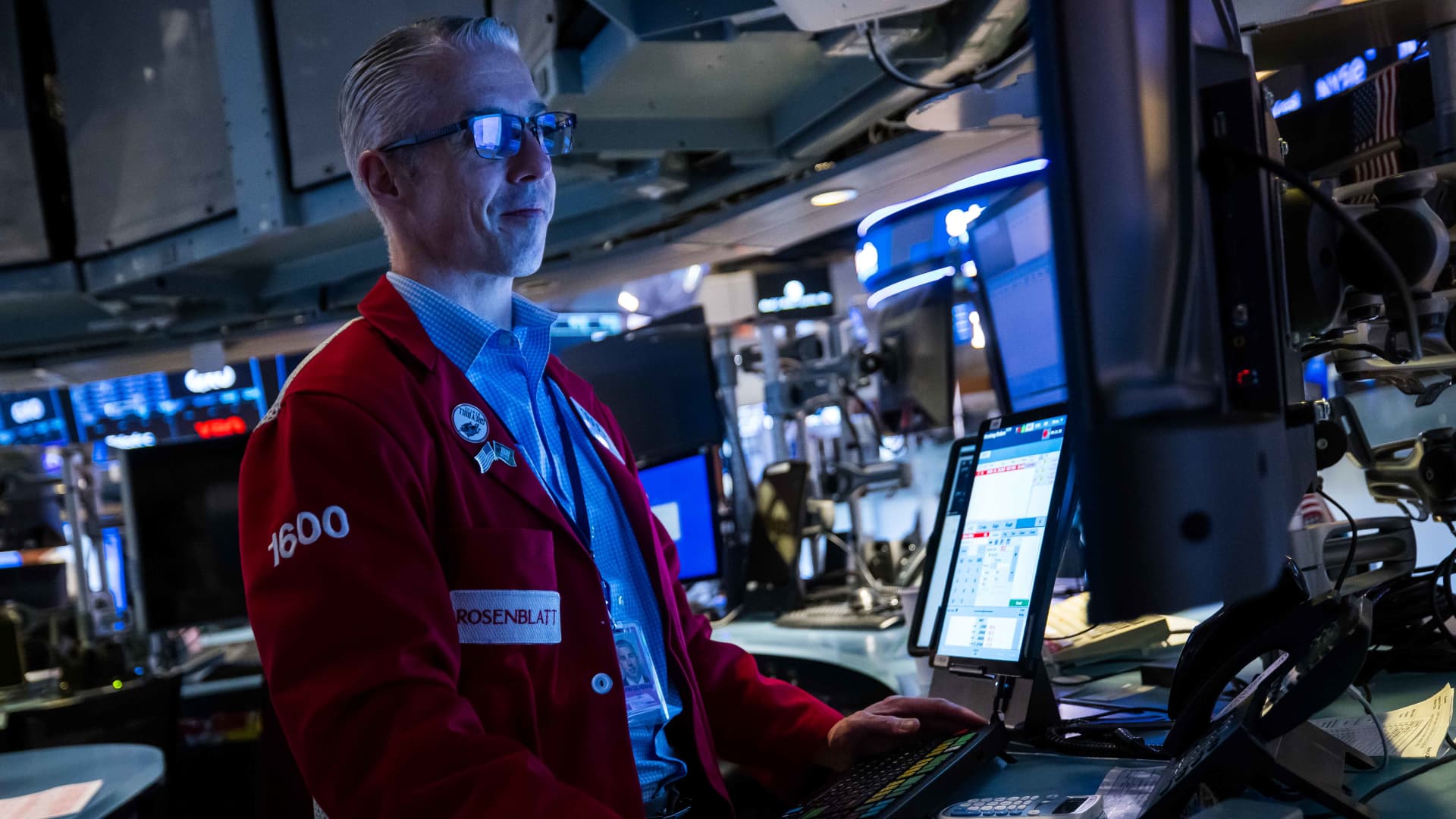The stock market’s fluctuating dynamics during the period marked by President Donald Trump’s escalating trade threats and tariff policies present a complex landscape for investors. This report delves into the evolving investor sentiment, market reactions, strategic responses, and underlying risk factors shaping the “buy the dip” phenomenon amid the tariff-driven turbulence.
—
The Context: Trump’s Tariff Strategies and Market Turbulence
As President Trump intensified trade tensions—specifically with threats of reciprocal tariffs targeting various countries including Canada, China, and technology giants like Apple—U.S. stocks experienced severe volatility. This period saw the S&P 500 endure multiple sharp declines, occasionally pushing it toward bear market territory, with cumulative losses topping 10% in some stretches and wiping out trillions of market value.
The tariff announcements, as reported, initiated weeks of whipsawing market moves: brief rallies fueled by hopes of negotiation paved the way for sharp selloffs each time fears of escalated tariffs surged anew. For example, Apple shares dropped sharply after threats related to iPhone tariffs, while tech-heavy Nasdaq was heavily weighed down by declining megacap growth stocks.
Amid this backdrop, the independence of the Federal Reserve was also a concern for investors, especially when President Trump publicly criticized Fed Chair Powell. The U.S. Dollar’s slide to its lowest point in three years underscored the complexity of market anxieties mixing monetary policy fears with trade war impacts.
—
Investor Sentiment: From “Buy the Dip” to Growing Skepticism
Historically, many investors have embraced the mantra of “buy the dip”—seizing moments of market decline to accumulate equities at discounted prices, expecting inevitable rebounds. For years prior to this episode, some indexes notably lacked even minor corrections, fostering an entrenched buy-the-dip mentality.
During initial tariff threats, this approach remained somewhat intact. Certain retail investors, evidenced by surges in trading activity on investment platforms, sought to capitalize amid selloffs, drawn by potential bargains and relief rallies expected from historical market patterns. Some market strategists echoed this optimism, anticipating rebounds as fear subsides and fundamentals reassert.
However, the persistent and unpredictable nature of Trump’s trade moves injected heightened uncertainty, causing notable shifts:
– Erosion of Confidence in the “Trump Put”: The belief that the administration would eventually intervene to support markets—similar to a “put” option capping losses—began to wane. This change reflected doubts that the White House would prioritize stock prices amid intensifying tariff conflicts.
– Deeper Retail Investor Anxiety: Reuters and other reports highlight growing wariness among everyday investors. Many questioned the wisdom of buying dips in a trade war environment marked by unclear endgames and rising recession risks. Calls for safer investments intensified.
– Divergent Strategies Emerging: While some investors aggressively bought dips during two-day sell-offs, others hesitated, focusing instead on dollar-cost averaging or seeking global diversification to mitigate risk.
—
Market Responses and Tactical Insights
Despite the volatility, certain sections of the market did rally impressively for brief intervals, especially when Trump signaled tariff pauses or recalibrated stance, creating fleeting optimism. President Trump’s own encouragements to “buy the dip,” notably around investments in his own media company (DJT stock), sparked rapid rallies, though not without scrutiny regarding market manipulation concerns.
Financial stocks, in particular, became focal points for dip-buyers anticipating rebounds amid renewed trade tensions. Additionally, global funds increased interest in markets like India, seen as havens amid tariff chaos in U.S.-China trade relations.
Yet the overall narrative grew cautious:
– Disrupted Bull Market Narratives: Years of steady market gains founded on “buy the dip” behavior were disrupted. Increasingly volatile tariff announcements challenged traditional investment playbooks.
– Heightened Risk Management: Investors and institutions emphasized rigorous assessment of risks involving geopolitical factors, supply chain vulnerabilities, and policy unpredictability. Identifying opportunities hinged on understanding not just fundamentals but also mismanagement of risks and global economic ripple effects.
– Cross-Asset Impact: The tariff turmoil did not just influence equities; it added complexity to bond markets, currencies, and commodities, with inflation fears and central bank responses intensifying market layering.
—
Historical Perspective and Forward View
Looking historically, stock markets do tend to rebound from downturns once fears settle. A cited strategist suggested that despite turmoil, a relief rally was plausible once clearer signals on trade policy emerged. However, the uncertainty’s persistence meant that timing entry points became more speculative.
Moreover, many experts cautioned that while buying the dip remained a core strategy, it carried amplified risk in this environment. Tariff-driven stock price pressures and potential recessions necessitated critical evaluation over blind reliance on conventional market rhythms.
Investor behavior reflected this tension—incremental buying was balanced by defensive moves, hedging, or exploring international markets as alternatives. The fading buy-the-dip calls signaled that Wall Street’s mood was adjusting to a new normal where trade policy shocks demanded adaptive investment strategies rather than repetition of past patterns.
—
Conclusion: Navigating Investment Amid Trade Policy Volatility
The interplay of President Trump’s tariff initiatives and financial market reactions painted a cautionary tale for investors navigating uncertain waters. While “buying the dip” remained an attractive strategy to many, growing complexities and eroding assurances of market support call for a more nuanced, risk-aware approach.
Investors willing to engage dips must integrate vigilant assessment of trade policy developments, geopolitical developments, and global economic indicators. Diversification, disciplined risk management, and selective opportunities—particularly in companies or regions positioned to weather or benefit from trade shifts—are increasingly important.
In essence, the market environment during Trump’s ramp-up of trade threats is less an echo chamber of old investment axioms and more a challenging landscape demanding agility, informed judgment, and an acceptance of heightened volatility. The era of effortless buy-the-dip gains is giving way to a more discerning and guarded investor mindset, reflective of anew geopolitical-economic reality shaping the financial world.





